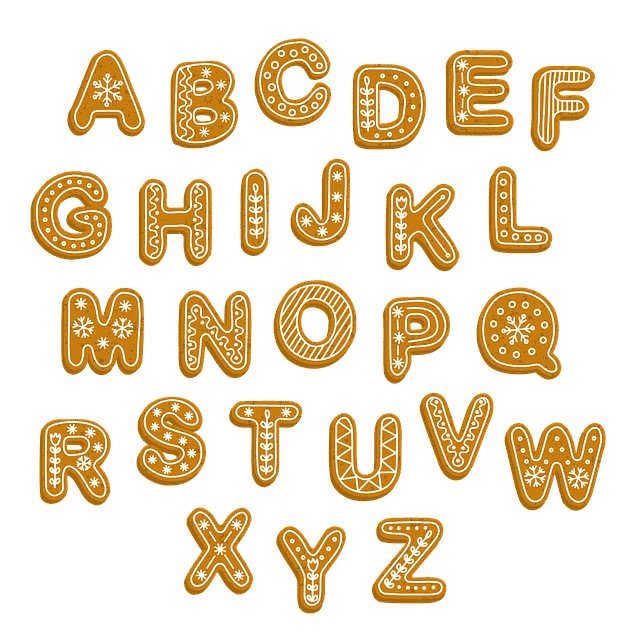
Cacophony is usually considered a language vice.
Cacophony is an unpleasant sound that is generated when the combination of the different components of a word or phrase lack harmony, that is, they are unpleasant to the ear . As the dictionary of the Royal Spanish Academy (RAE) explains, it is a term of Greek origin that means "bad."
Cacophony is produced by a repetition of phonemes or the pronunciation of a word that, when joined with others in the same phrase, are shocking. On the other hand, it can be used to mark examples of language insufficiency , as occurs in derogatory tones.
Language vices
The most common language vices are:
Amphibology : this is an unclear expression, it occurs when using double meanings that give rise to more than one interpretation, for example by changing the place of the words, for example: Saying "Electric pocket fans" when we want to express "Pocket fans" electrical.
Pleonasm or redundancy : it occurs when we use words that are not necessary, when we repeat terms or concepts in the same sentence. It is an incorrect use of language . For example, use phrases like: "go down," "shut up," "crowd of people," "I thought to myself," "etc."
Archaism : Use of outdated terms in ways of writing. For example, words like: "curriculum" instead of "curriculum", "yo la vide" meaning "I saw her", among many others.
Barbarism : Using incorrect phrases or words when speaking or writing . Some examples may be: "dot the i's", "you passed the exam."
Cacophony : repetition of words or phrases that generate redundancy and are sonically unpleasant. To give a few examples: "atrocious sosobra", "caramel shrimp caramel shrimp".
Foreignness: phrases o voces de origen extranjero, tales como «garage», «sweter», «corner» o «sandwich».
Improperity : Using words with a different use than what they really have. Some erroneous phrases that serve to exemplify this explanation are: "examine the topic in depth" to say "examine carefully", "fateful" when you want to say "fatal".
Hiatus : Use redundancy in vowel sounds. Two vowels located consecutively with each other. Some phrases that exemplify this vice are: "me and Ignacio", "water", "etc."
Solecism : An error of inaccuracy in clarity when speaking. Syntax error. A phrase that can exemplify this vice is: "I told him not to enter."
Ignorantism : Speaking in a way that does not respect the rules allowed within grammar. An example of this incorrect use is “let me tell you” to request accessibility from the listener. The correct way to phrase this would be "let me tell you."
Queism : When the term "that" is used inappropriately. There is also "dequeism" which is the use of the phrase "de que" incorrectly.

Sometimes, cacophony is used as an aesthetic or didactic resource.
Cacophony as a resource
Returning to cacophony, it is one of the most common vices in both spoken and written language, however it can also serve as a resource when writing poetry, for example Quevedo used to use it and many poets of the Golden Age did, In any case, you have to be very careful when using these types of erroneous forms to express yourself, there must be a rigorous need for them .
Cacophony, in this sense, is usually used in language teaching , especially with children, when it is part of tongue twisters .
In these cases, sayings that present cacophony constitute an interesting exercise for the student to improve their pronunciation. For example: "Three sad wheat tigers were wheating in a wheat field."
Other tongue twisters with cacophonies are:
He who eats little coconut, buys little coconut;
He who covers up little cloak, buys little cloak.
Since I eat little coconut, I buy little coconut,
And since I cover myself with little cloak, I buy little cloak.
Pedro Pérez asks permission to leave for Paris,
to put on a false wig because he looks like a bald pig
Other considerations of the term
On the other hand, cacophony can also be used as a resource in literature. There are even times when cacophony is used so that the reader ends up unintentionally creating a word that they would not want to pronounce by combining the syllables of different terms.
The antonym of cacophony is euphony , a notion that refers to the sound effect that is pleasant or aesthetic when sounds are combined in an expression.
